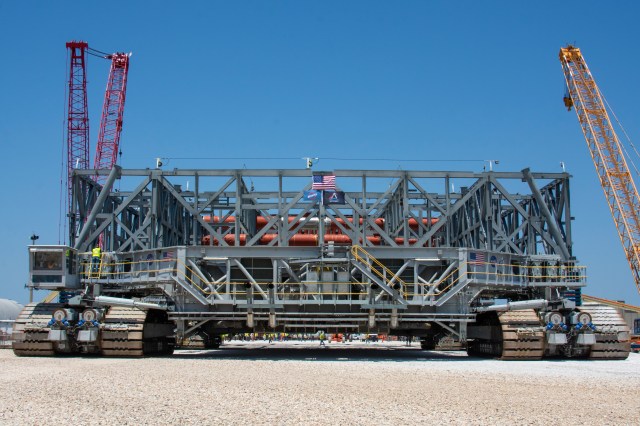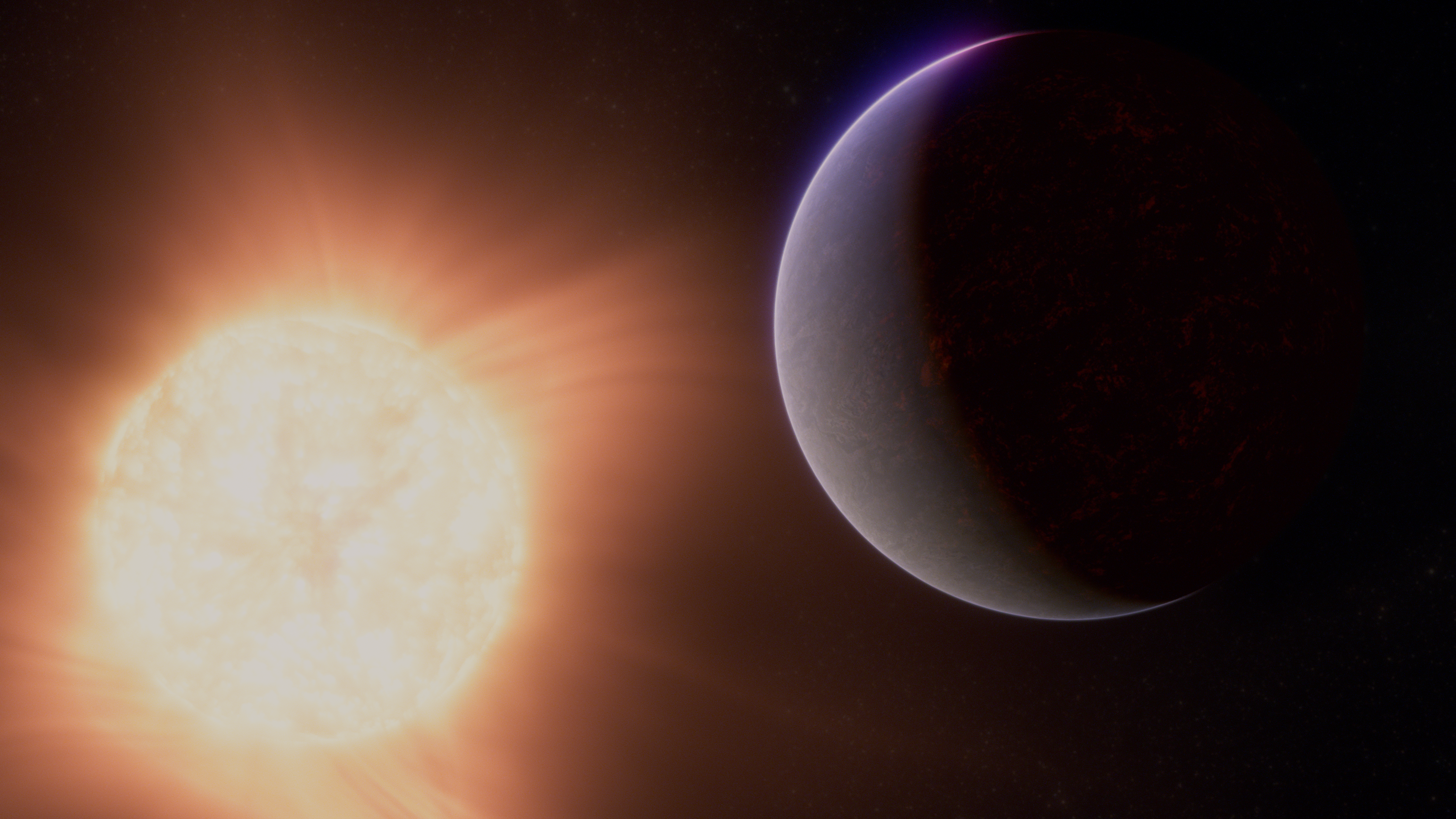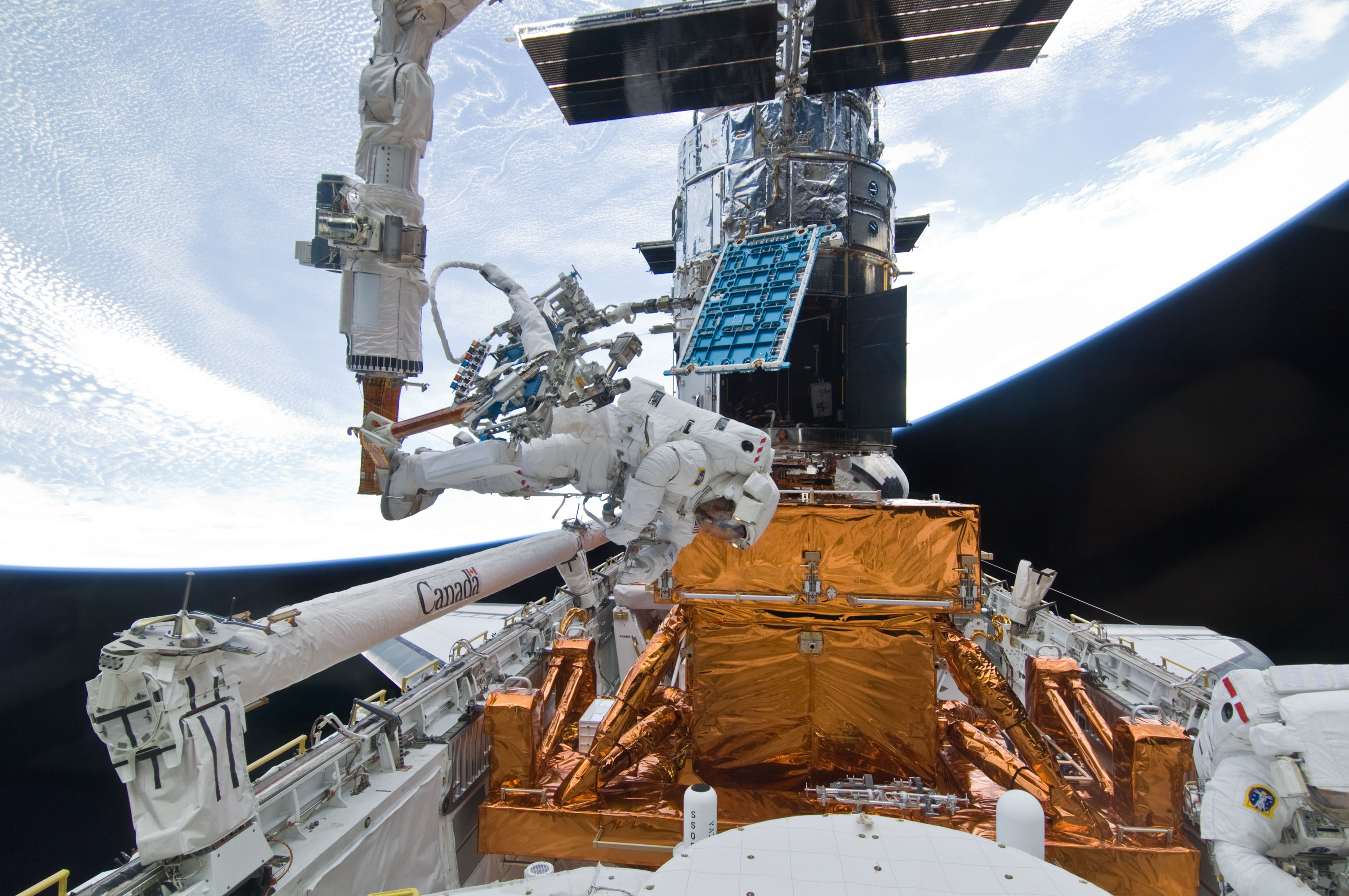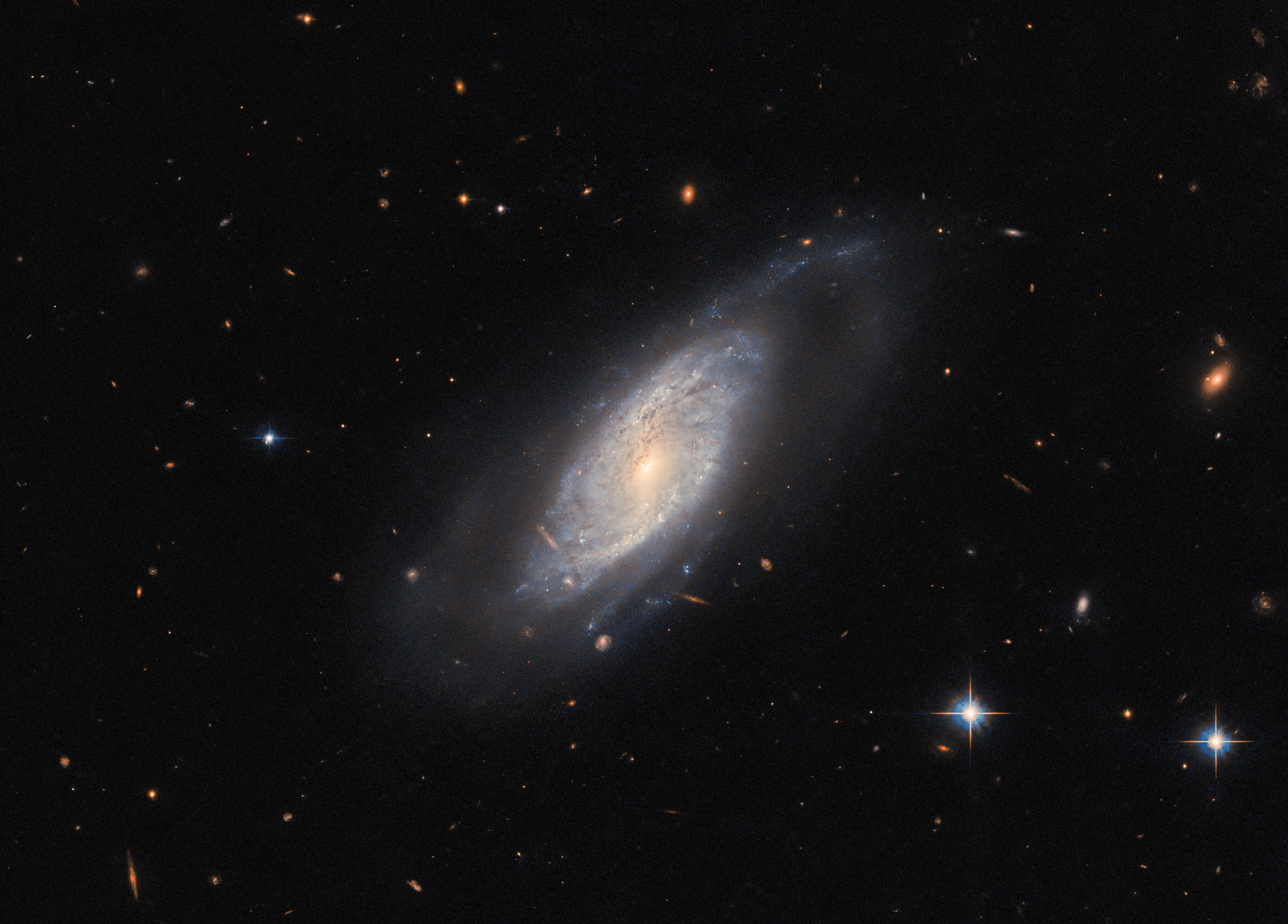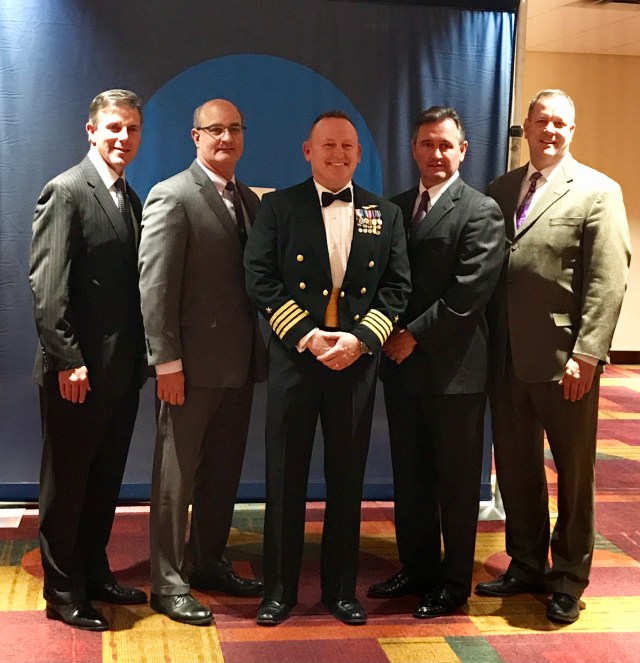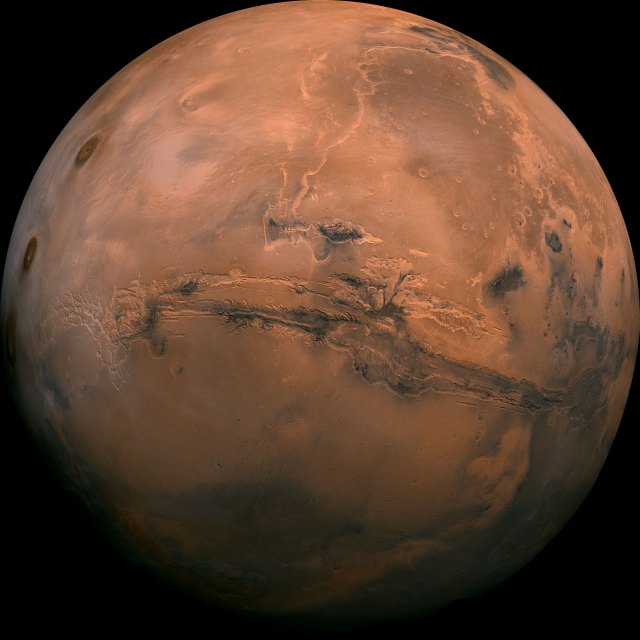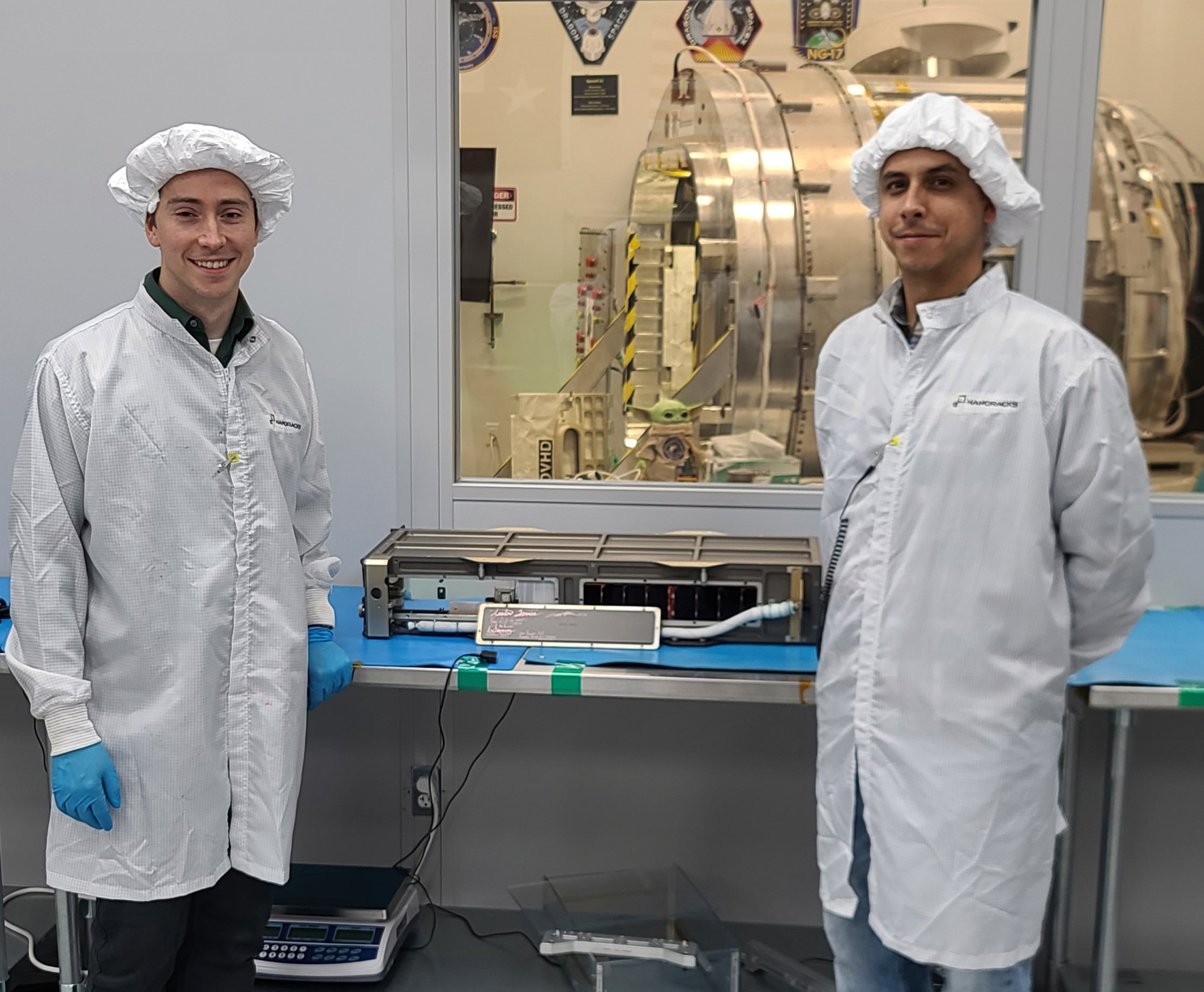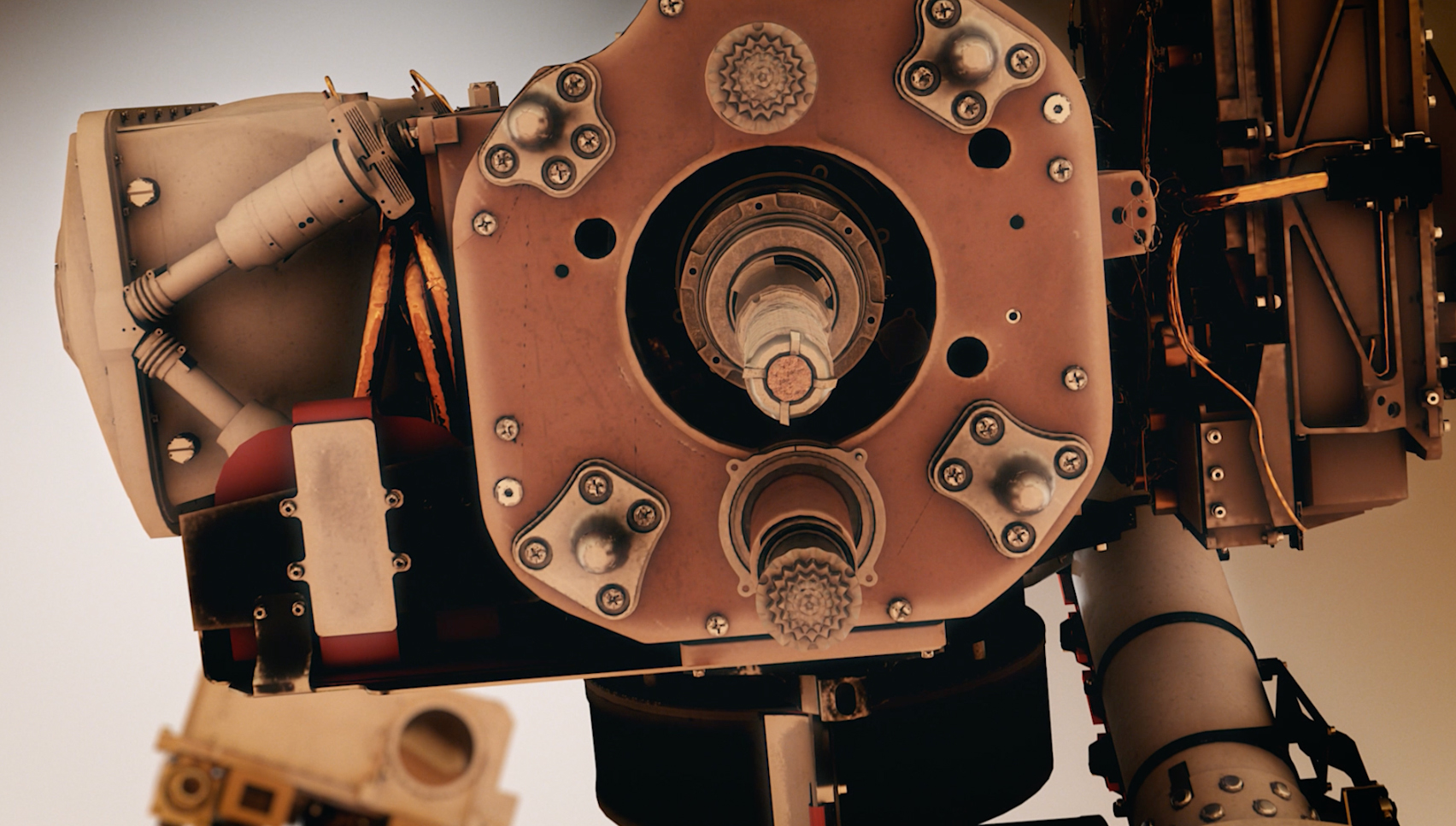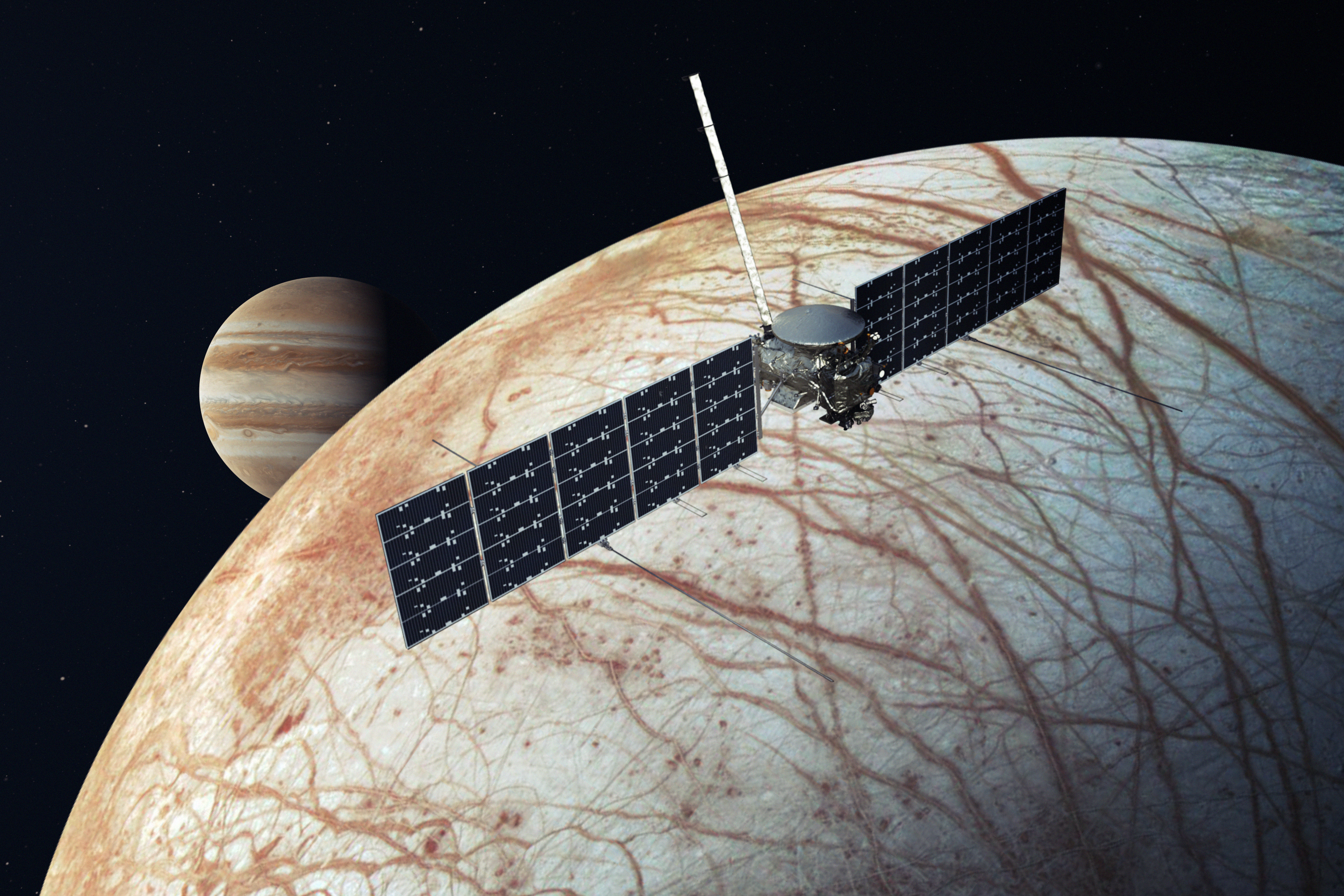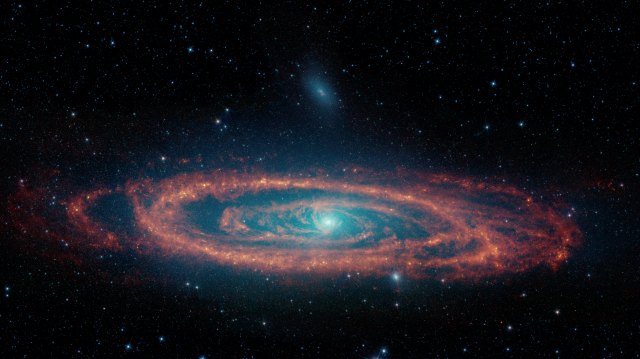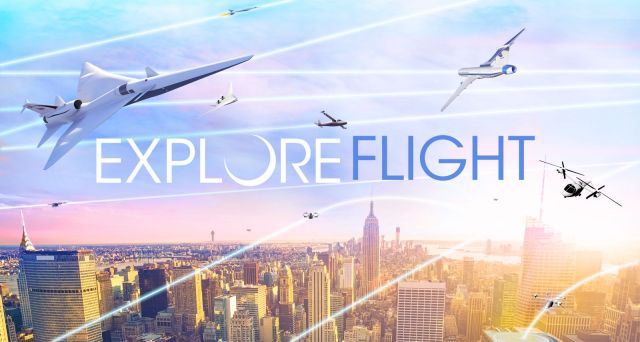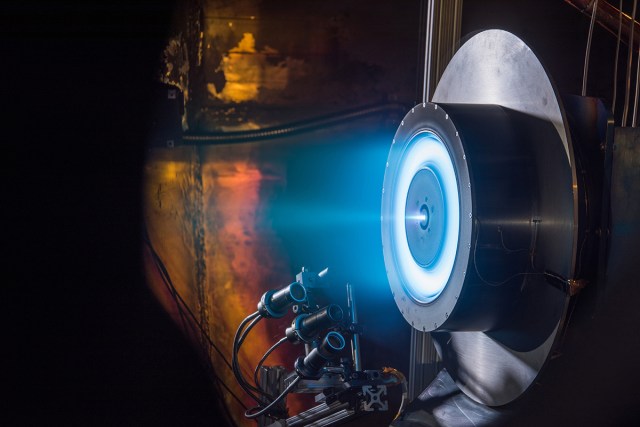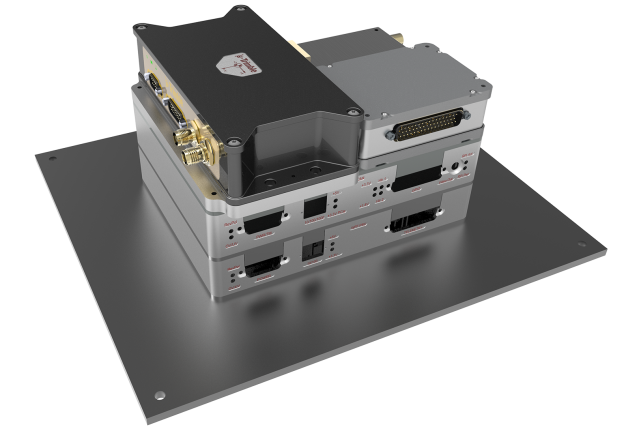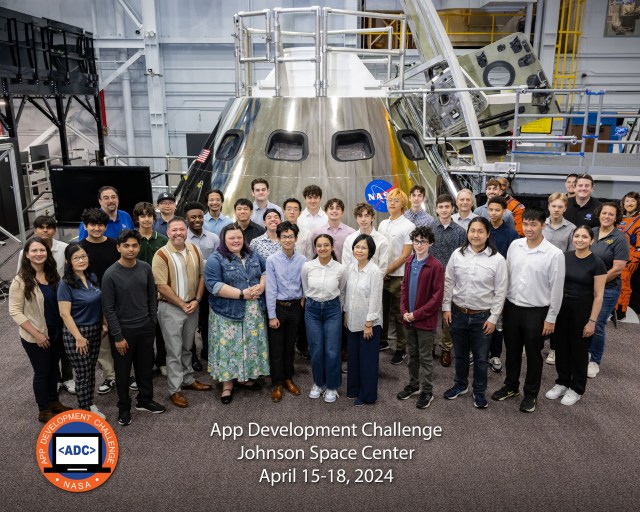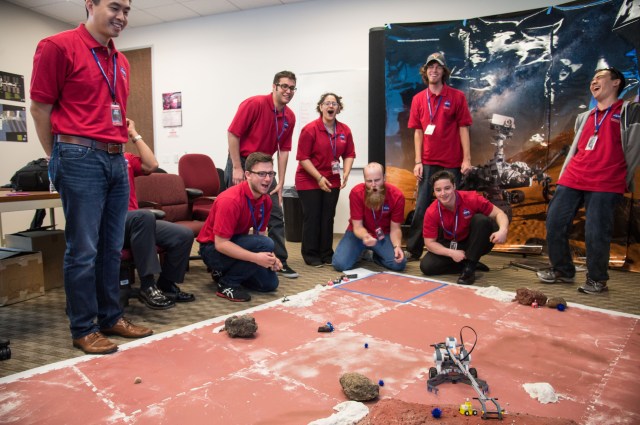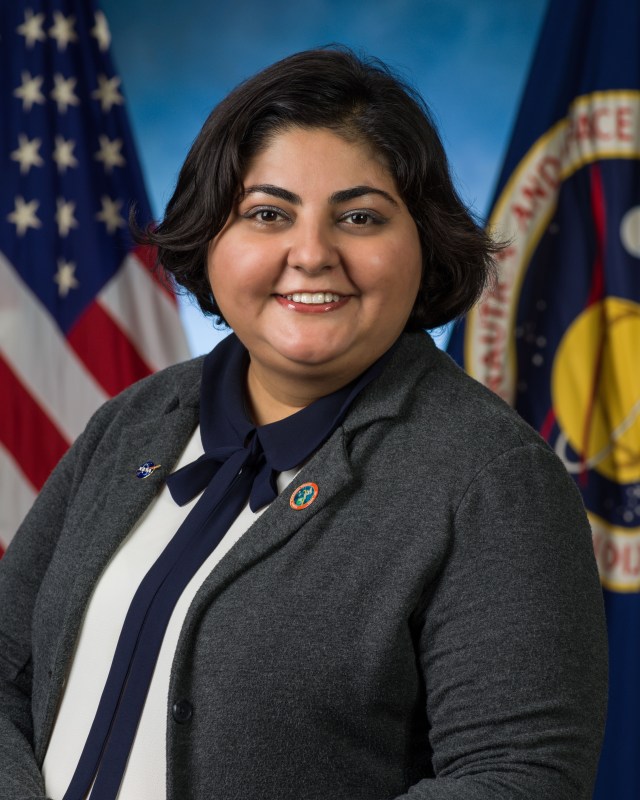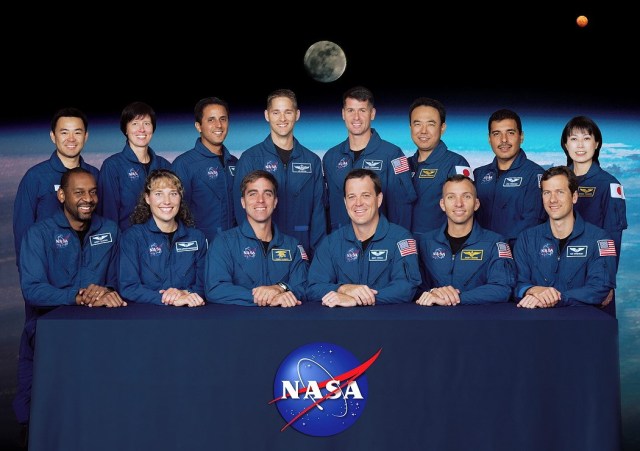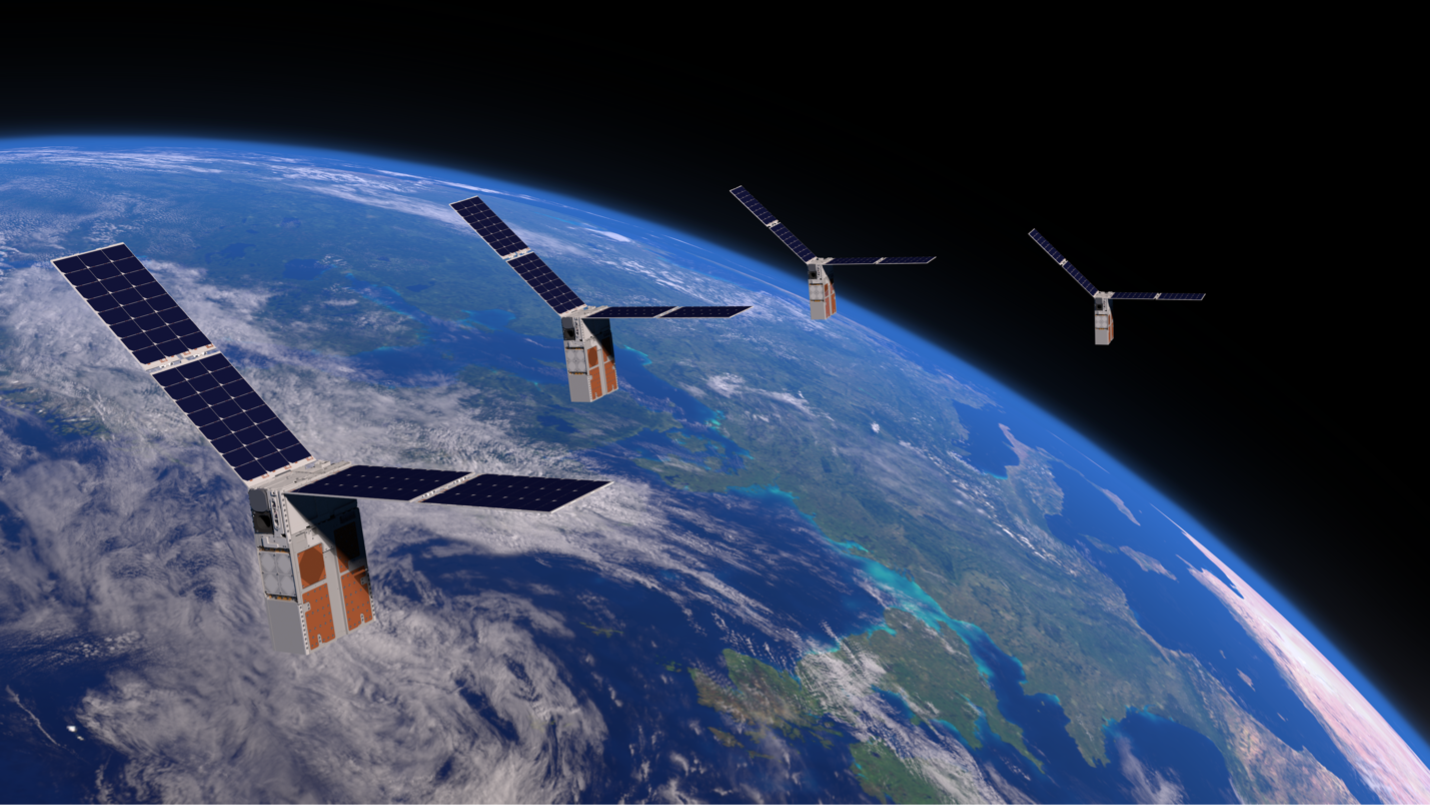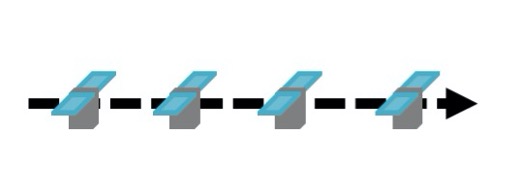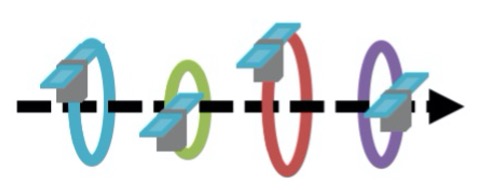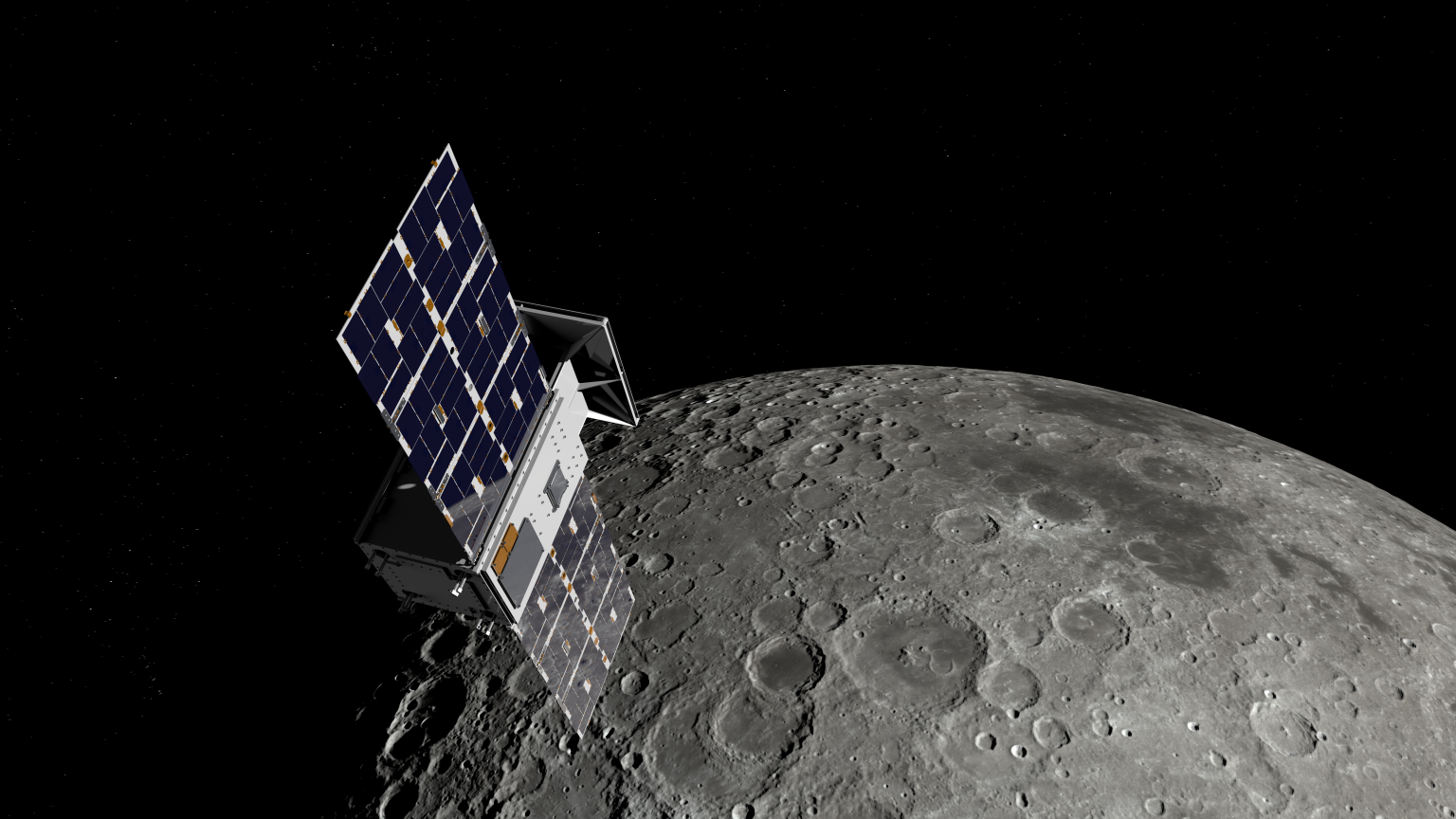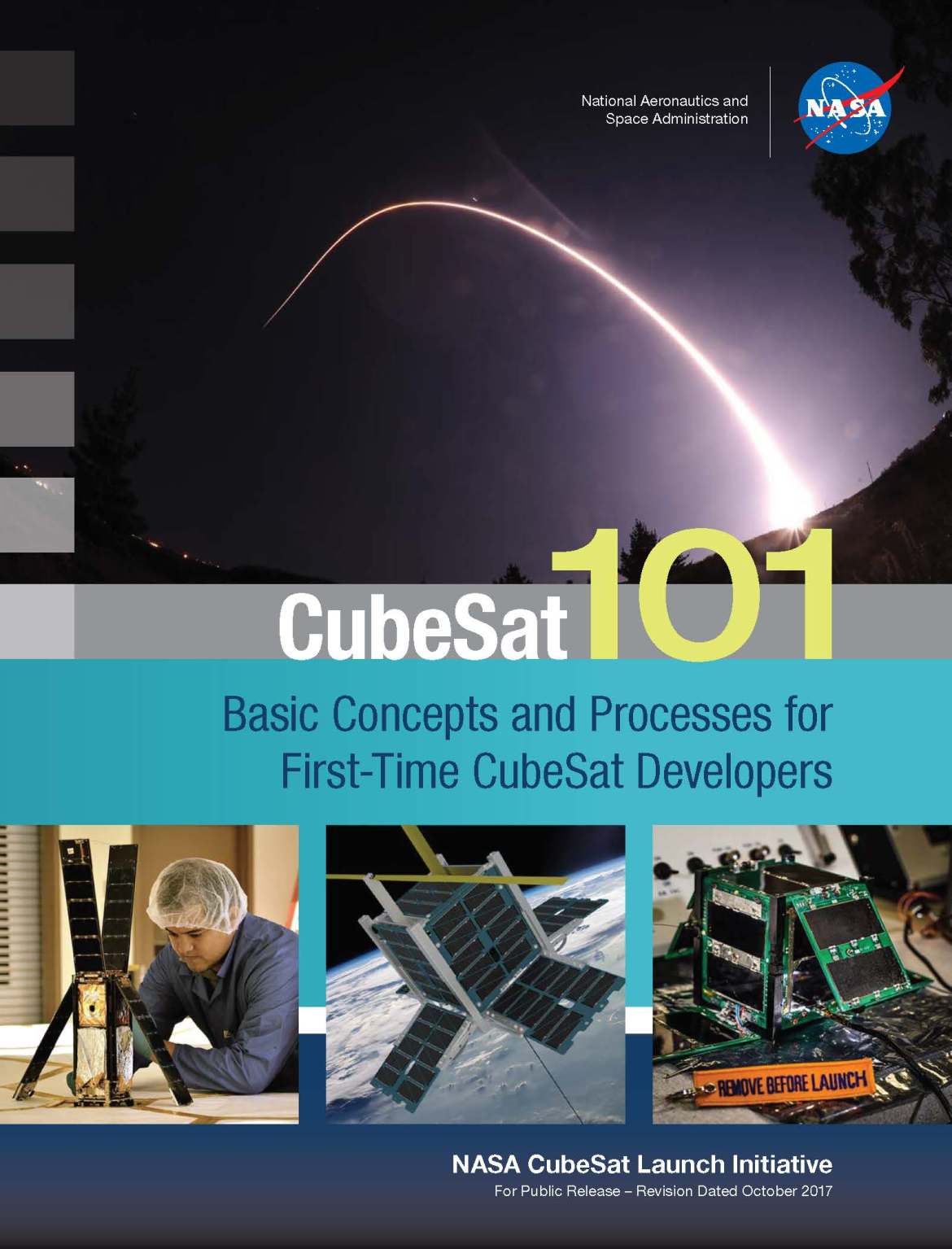NASA’s Starling mission is advancing the readiness of various technologies for cooperative groups of spacecraft – also known as distributed missions, clusters, or swarms. Starling will demonstrate technologies to enable multipoint science data collection by several small spacecraft flying in swarms. The six-month mission will use four CubeSats in low-Earth orbit to test four technologies that let spacecraft operate in a synchronized manner without resources from the ground. The technologies will advance the following capabilities.
- Swarm maneuver planning and execution
- Communications networking
- Relative navigation
- Autonomous coordination between spacecraft
The Starling mission will test whether the technologies work as expected, what their limitations are, and what developments are still needed for CubeSat swarms to be successful.
Greater Autonomy Enhances Swarm Mission Feasibility
Distributed spacecraft are advantageous because they can act in unison to achieve objectives. Incorporating autonomy allows these missions to act cooperatively with minimal oversight from the ground. Autonomy ensures that a mission continues to perform through periods when communications with a spacecraft from the ground is temporarily unavailable because of distance or location. Spacecraft swarms operating at great distances from the Earth must act more autonomously due to the delays in time communicating with Earth ground stations.
Clustering satellites into a swarm requires planning and executing multiple maneuvers for each spacecraft. Managing these operations from the ground becomes impractical as the size of the swarm grows or the time delay in communicating with the spacecraft increases. The Starling mission will test technologies that traditionally run ground-oriented operations but are now shifted to operate onboard the spacecraft.
Having the spacecraft in a swarm operate autonomously is essential to making distributed spacecraft missions affordable and highly scaleable. Starling is a first step in developing this new mission architecture that could eventually allow for autonomous swarms of many spacecraft and at greater distances from Earth.
Starling Technology Demonstrations
The four 6-unit CubeSats (each about the size of two stacked cereal boxes) will fly in a Sun-synchronous orbit more than 300 miles above Earth and no more than 170 miles apart from each other. The spacecraft will fly in two formations. First, they will begin in line, or in-train, like a string of pearls. Then, the CubeSats will move out of the in-train configuration and into a set of stable relative orbits known as passive safety ellipses.
During the two flying formations, the following four technologies will be tested.
- Reconfiguration and Orbit Maintenance Experiments Onboard (ROMEO): In each phase, cluster flight control software will initially operate in shadow mode, autonomously planning maneuvers while the CubeSats are controlled from the ground. Once validated, ROMEO will demonstrate execution of swarm maintenance maneuvers from aboard the spacecraft without ground intervention. The performance of those maneuvers will then be evaluated.
- Mobile Ad-hoc Network (MANET): The CubeSats will be able to communicate with each other via two-way S-band crosslink radios/antennas, adapting a ground-based network protocol for reliable space communication across any spacecraft node within the swarm. If one spacecraft communications node fails, the communications route automatically reconfigures to maintain full communication capabilities for the remaining operational swarm of spacecraft.
- Starling Formation-Flying Optical Experiment (StarFOX): Using commercial star trackers, which are onboard cameras that measure the position of stars, each spacecraft determines its own orientation relative to the stars. An advanced navigation algorithm utilizes this orientation data and star tracker images to visually detect and track the other three spacecraft within the swarm to perform relative-position knowledge tests. The goal is for each spacecraft to achieve onboard awareness of its location as well as the location of the other three spacecraft.
- Distributed Spacecraft Autonomy (DSA): This experiment will demonstrate autonomous monitoring of Earth’s ionosphere, the layer between our atmosphere and the beginning of space, with a spacecraft swarm. This is intended as a representative measurement to demonstrate autonomous reactive operations for future missions. Starling’s dual-band GPS receivers are used to measure the density of atmospheric regions. Each orbiting Starling spacecraft constantly changes position relative to the atmospheric phenomenon and the GPS satellites. Therefore, the most interesting source of information changes over time, requiring changes to the monitoring strategy in response to observations. DSA onboard software will autonomously coordinate the selection of the best GPS signals, across all Starling spacecraft, to accurately capture regions of higher or lower ionospheric density. This is accomplished by first sharing information over the crosslink network to maintain a consistent state, then selecting the GPS signals to prioritize and share in the future. The ability to evaluate data as it is collected, balance promising observations with coverage to ensure other interesting information is not missed, and autonomously coordinate measurements, is an enabling technology for future science missions.
Additional Benefits
It’s important to note that although Starling is being tested in low-Earth orbit, the technologies apply equally as well to deep space applications. In the future, constellation-like swarms of autonomously operating CubeSats could provide NASA and commercial missions in deep space with navigation services akin to GPS and communications relays provided by Earth’s network of communications satellites. Distributed spacecraft can also work together to collect multi-point science data and prepare for exploration missions by positioning multiple small spacecraft to function as one very large observation instrument. This could support the identification of resources for long-term presence on the Moon. Another example of this cooperative work might include telescopes mounted on multiple small spacecraft and trained on a particular observation target, creating a larger field of view than possible with a single telescope.
Fast Facts:
- The four CubeSats will be in a Sun-synchronous orbit around Earth. Sun-synchronous orbits are nearly polar orbits that allow a satellite to consistently see the same amount of sunlight each orbit and therefore generate the same amount of power with its solar panels.
- A polar orbit is one in which the satellite passes near both poles. Polar orbits allow the Starling swarm to obtain complete global coverage over multiple orbits, allowing the DSA payload the best opportunity to detect atmospheric phenomenon and demonstrate the ability to autonomously react to data collected in the space environment.
- All four Starling spacecraft will test the technologies in order to demonstrate their performance within the swarm. For instance, to test the MANET network technology, all four spacecraft will participate, each with their own set of crosslink radios.
- Starling launched on July 17, 2023 from Rocket Lab Launch Complex 1 in New Zealand.
Partners:
- NASA’s Small Spacecraft Technology program within the Space Technology Mission Directorate funds and manages the Starling mission.
- NASA’s Ames Research Center in Silicon Valley, California, leads the Starling project, providing payload avionics and software, spacecraft integration and test, and mission operations.
- Blue Canyon Technologies of Boulder, Colorado, is designing and manufacturing the spacecraft buses and providing mission operations support.
- Emergent Space Technologies of Laurel, Maryland, is providing the cluster flight application software for ROMEO.
- CesiumAstro of Austin, Texas, is providing the crosslink radios and antennas for the MANET experiment.
- Stanford University’s Space Rendezvous Lab in Stanford, California, is developing the StarFOX experiment.
- NASA’s Game Changing Development program within the Space Technology Mission Directorate provides funding for the DSA experiment.
- Rocket Lab USA, Inc., of Long Beach, California, is providing launch and integration services.
- L3Harris Technologies, Inc., of Melbourne, Florida is providing ground software support for spacecraft navigation and maneuver planning.
Learn more:
- NASA Starling Mission Animation
- Satellite Swarms for Science ‘Grow up’ at NASA Ames
- What are SmallSats and CubeSats?
- TechPort Project Summary for NASA’s Starling technology demonstration.
- NASA’s Starling Mission Sending Swarm of Satellites into Orbit
- Follow NASA’s Starling Swarm in Real Time
- NASA’s Starling Prepares to Launch Small Spacecraft Swarm to Orbit
For investigators:
- Investigators interested in funding opportunities with the SST program should visit the program’s website.
- For technical inquiries about Starling, contact: arc-sst@mail.nasa.gov
For news media:
Members of the news media interested in covering this topic should reach out to the NASA Ames newsroom.


